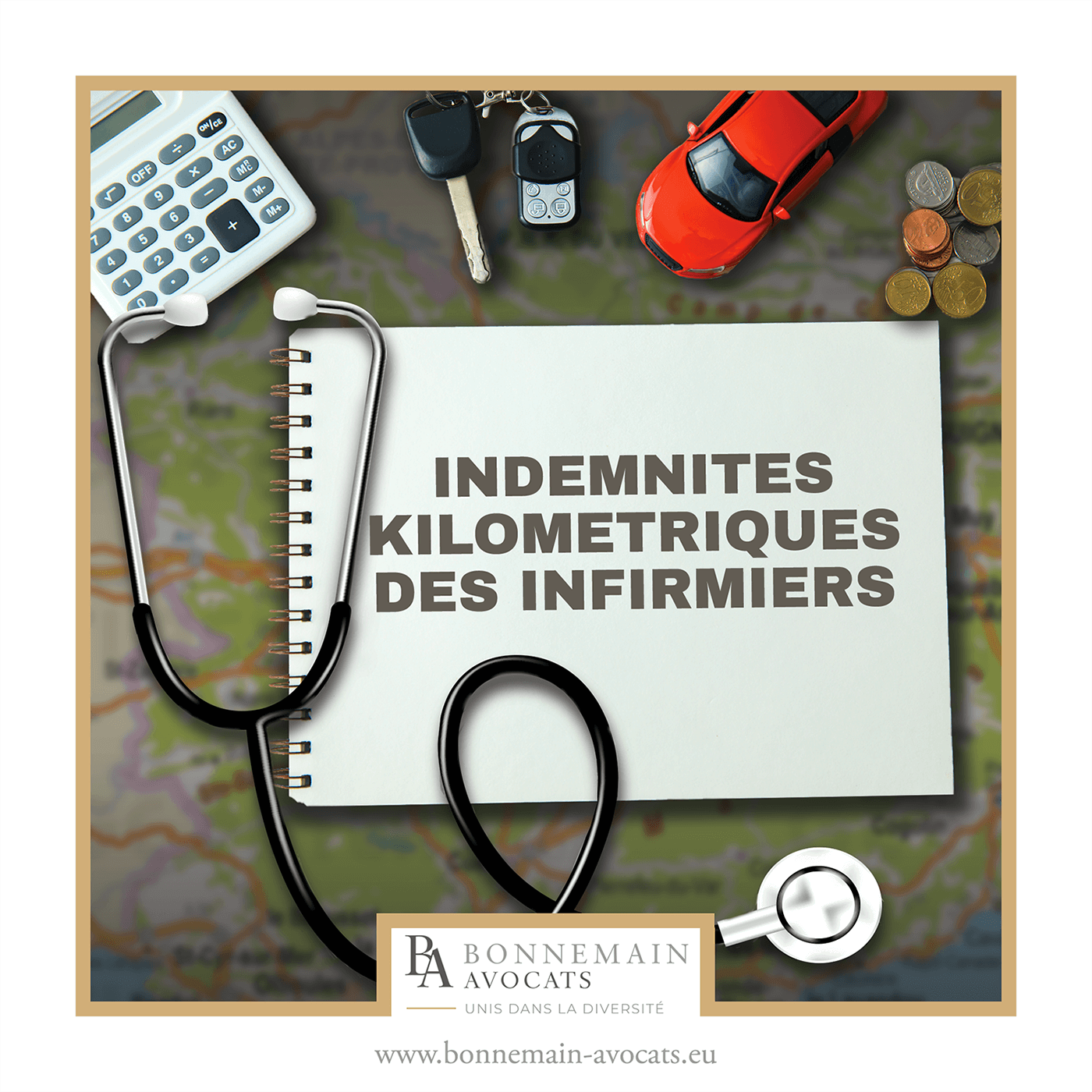
NURSES’ MILEAGE ALLOWANCES
– THE COURT OF APPEAL OF AIX-EN-PROVENCE DOES NOT FALL INTO THE TRAP –
The debate over the billing of nurses’ mileage allowances is national and recurrent.
However, its legal framework is simple.
For a nurse to be able to invoice mileage allowances, specifies Article 13 of the General Nomenclature of Professional Acts (NGAP), it is necessary and sufficient that two conditions are met:
- One is the distance between the health professional’s office and the patient’s home (2 km in lowland areas and 1 km in assembly areas),
- The other is the place of installation of this practice, which must not be located in the same “agglomeration” as the patient’s home.
The problem concerns the definition of “agglomeration”
To justify its controls, the CPAM claims that the concept of “agglomeration” refers to those listed by INSEE in its last census, that is to say to any urban unit consisting of a municipality or a group of municipalities with a continuous built-up area with at least 2000 inhabitants.
The billing of a mileage allowance is therefore impossible, and should be reimbursed, since the nurse and the patient are established in the same city, regardless of the distance and – we will come back to this – the signs separating them.
The judgment rendered by Chamber 4-8 of the Court of Appeal of AIX-EN-PROVENCE on April 8, 2022 censures this interpretation.
After unconvincing procedural questions, and after recalling that the general provisions of the NGAP (including Article 13) “have not been amended since the decree of 27 March 1972 which amended an earlier decree of 4 July 1960 […] a footnote of which gave the following clarification: “the term “agglomeration” refers to any group of buildings built, close together if not contiguous, bordering one or the other side of the road and giving it the appearance of a street”, the Court infers that “the drafters of the texts relating to the reimbursement of travel expenses of medical assistants such as nurses decided to stick to the definition of agglomeration given by the Highway Code“.
For the Court, which confirms here two previous decisions (CA AIX-EN-PROVENCE, 14th Ch., 05 December 2018, 17/21235; CA AIX-EN-PROVENCE, 4th and 8th Ch. Reunited, 13 September 2019, 18/13160), the “agglomeration” must therefore be defined as “the space on which are grouped buildings built close together and whose entrance and exit are indicated for this purpose along the road that crosses or borders it” (Article R 110-2 of the Highway Code).
Clearly: mileage allowances can be billed by the nurse as long as their patient’s home is located more than one or two kilometers from their office, on the other side of the entrance and exit signs of the city, regardless of their respective addresses.
As for the CPAM’s checks – and the undue payments that sometimes result from them – they are justified only on condition that it is able to provide evidence to the contrary, which is rarely the case.
Let us bet that the professionals who will be recipients of these unjustified adjustments, such as the Court, will no longer fall into the trap and will challenge them, if necessary in court.
